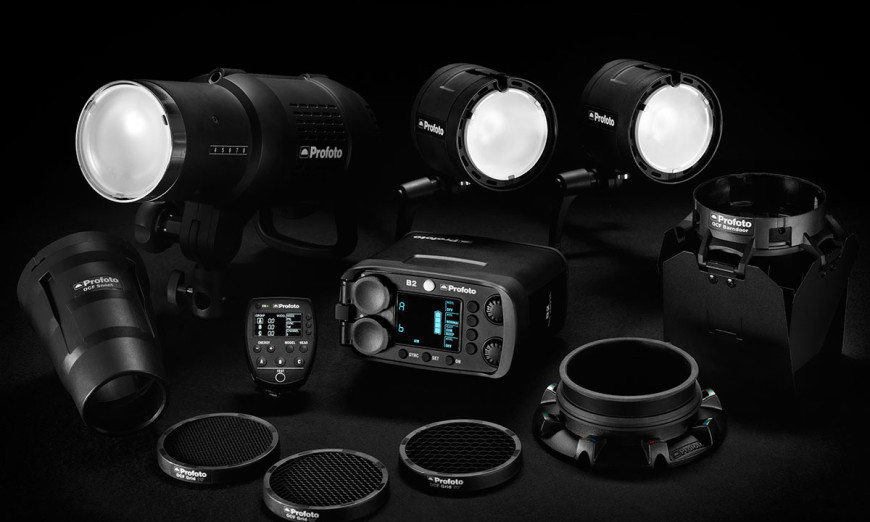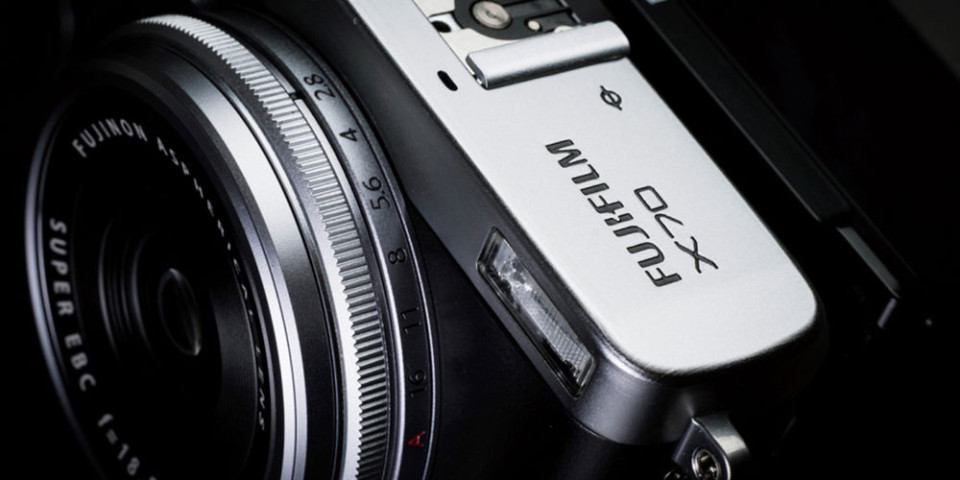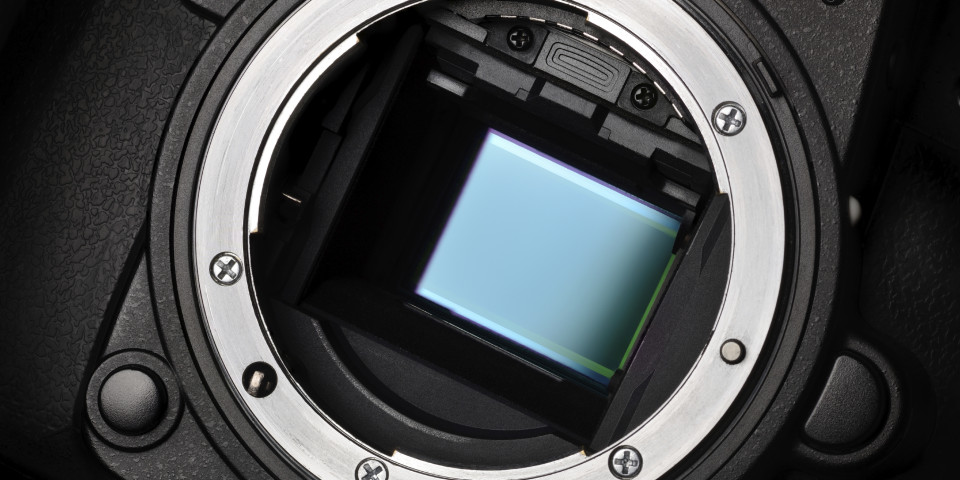In this article, I want to share with you my experiences with the Profoto B2 system and the start of a business case for the investment that may work for you.
Outside of my work at Henry’s, I host a podcast called Make Better Photos and Videos (Available on iTunes or on my website). In a recent episode I explained at some length how to determine when you need strobes instead of speedlights, aka hotshoe flash. If you are a casual photographer, strobes are going to be a pricey investment, but if you are doing photography as a business, either full time or part time, the day will come when speedlights just won’t do what you need. As always, I recommend buying your last strobes first, and not to move through a series of “almost right” before getting to “delivers on my use cases”.
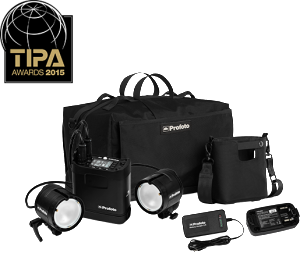 Profoto B2 Location Kit
Profoto B2 Location Kit
The number one difference between a speedlight and a strobe is power. The B2 heads are, as you can see in the images, very small. Yet even this small size can push 250 watt seconds of light at full power. That’s FIVE times more power than a top end speedlight, so with this equation in mind, one B2 head is like five separate speedlights.
If a really good speedlight costs $500, and they do, that means that a single B2 head has a value deliverable of $3,000 in power output alone.
Speedlights are portable. In the past, strobes could be had with battery packs, but they were heavy and relatively inefficient in terms of number of pops at full power. We can get about 60 pops at full power from a speedlight on a single set of rechargeable NiMH batteries. That’s pretty decent, but we also know that the recycle time for a full power pop is going to be 3-4 seconds. That’s 3-4 seconds where your subject is idle. If your subject is inanimate, the only time wasted is yours. A B2 generator and battery pack is rated for 215 full power flashes on a single charge with a maximum recycle time of 1.35 seconds. So recycle times one third that of a speedlight at full power, and because there is five times the power available, you will get even shorter recycle times because the B2 can deliver the equivalent of a full power speedlight at 1/5 power. The B2 generator and battery pack combination weighs only 3.5 lbs and comes with a sling strap so you can have it over your shoulder all the time. This is similar in weight to the very expensive external flash power packs for speedlights with similar pop counts, but still at the much lower output level.
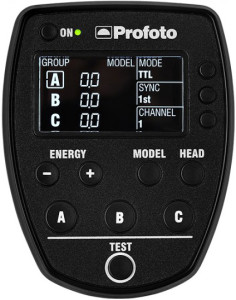
A pair of speedlights can be used off camera, and even be placed in separate groups/zones. They can be run in full manual mode, or even in TTL, but in either case you need to purchase a trigger and pair of receivers that support TTL and groups. The very excellent Phottix ODIN system can do this, with a cost of around $500, not including your speedlights. The Profoto B2 has groups/zones built right in. It has multiple channels, and the ability to run up to two heads completely independently in either manual or TTL. Like a speedlight, you will need a separate on camera transmitter. I recommend the Profoto AirTTL Remote if you use Canon or Nikon cameras, the Air Remote for manual control for any other body. If you go with speedlights, finding group and TTL support in a remote controller and triggers is very difficult for any bodies other than Canon or Nikon.
All triggering with the Profoto system is via radio. The receivers are built into the generator pack. The heads connect to the generator by a locking cable system, the same as every other professional grade battery powered strobe system. Extension cables are available if you need a large amount of separation between the heads. No power loss is experienced when using the cables.
One of the real benefits of going strobes is the breadth of light shaping tools available. You can certainly get excellent light modifiers for speedlights, but remember that the larger the modifier and/or the more diffusion it has, the more power you need to be pushing out of your speedlight. This will limit your light to subject distance and the size of the modifier that you can reasonably use. A strobe head with so much more power solves this issue and also gets you access to the widest possible range of light shaping tools for both hard and soft light. Hard light modifiers for speed lights are nearly non-existent.
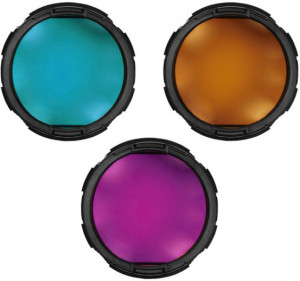
While the Profoto B2 heads have a built in reflector and front diffuser, you can also mount almost any of the Profoto hard light shaping tools to control intensity, direction and spill. You can also use almost any of the Profoto soft light shaping tools from the small OCF units designed specifically for the B2 and the B1 to the massive light shapers used in studios with their most powerful generators. This level of investment protection is unparalleled. Whether you want focusable parabolic reflectors, umbrellas, softboxes, octaboxes, grids, snoots, gels or barndoors, there is an offering in the Profoto pantheon to fit your needs.
Suppose that you need more heads for an event, or you need a light shaper that you don’t have a use case to buy? Look to any major rental house around the world and they will stock more Profoto gear than any other vendor.
So how do you justify a strobe system? It all comes down to your use cases. Even if you use only one head, a single B2 will deliver the output of five separate speed lights. If you need to drive enough power for large depth of field through a modifier, you may not be able to do it, even with one of those multi-speed light brackets. You may be working with subjects that in the 3-4 seconds between full power pops will get bored or tired or walk away. If you photograph children or animals, you want both depth of field and super fast recycling time. Suppose you are using flash as fill outdoors. Even a gang of speed lights may not have the power to reach your subject and light them the way that you want, because they lack the power to get to the subject and deliver the exposure that you want.
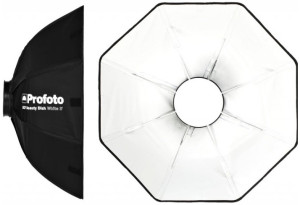
If you want to use large modifiers such as tall strip lights, or an octa or softbox 4 feet across or more, a speedlight doesn’t have what it takes to power the modifier. If you want to use a Hollywood style beauty dish setup and really control the light, you won’t have the power in a speedlight for fast recycle times that will avoid your subject becoming frustrated.
Here’s some general purpose math to help you out. I’m going to use a Canon scenario for speedlights because I want radio and I want TTL control. I’m only going to spec five speedlights so it will be less total output than the Profoto B2 location kit but allows for more lights, many running at reduced power. It’s not perfectly fair but you will get the point. For the strobes, I will use the Profoto B2 Location Kit and AirTTL Remote.
Speedlight
- 5x Canon 600 EX-RT Speedlight with TTL Radio Receiver Built-in
$2499.95 (At $499.99 each) - 1x Canon ST-E3-RT Controller/Transmitter
$384.99
Total: $2884.94
Strobe
- Profoto B2 Location Kit (2x B2 Heads, Generator, Charger, 2 Batteries, Case)
$3698.99 - Profoto AirTTL Remote for Canon
$590.00
Total: $4288.99
Now it’s plain that a strobe system will cost you more initially than a pack of speedlights. However, if you are making money from your photography, you can look at the number of shoots or events you need in order to pay for the kit that you will use. This will help you to make the determination if this is a good route for you. My set paid for itself very quickly and I know that I can depend upon it to deliver beautiful light at the power I need for fast, reliable, field work. If you are doing work in a studio only, consider the Profoto B1 kit. The heads are 500ws and still battery powered, just a bit heavier but without a separate generator. Less expensive too, because they are less portable.
*Please Note: Prices were accurate at the time of this writing and are subject to change without notice. Please call your local Henry’s store or check www.henrys.com for the most up-to-date pricing.
